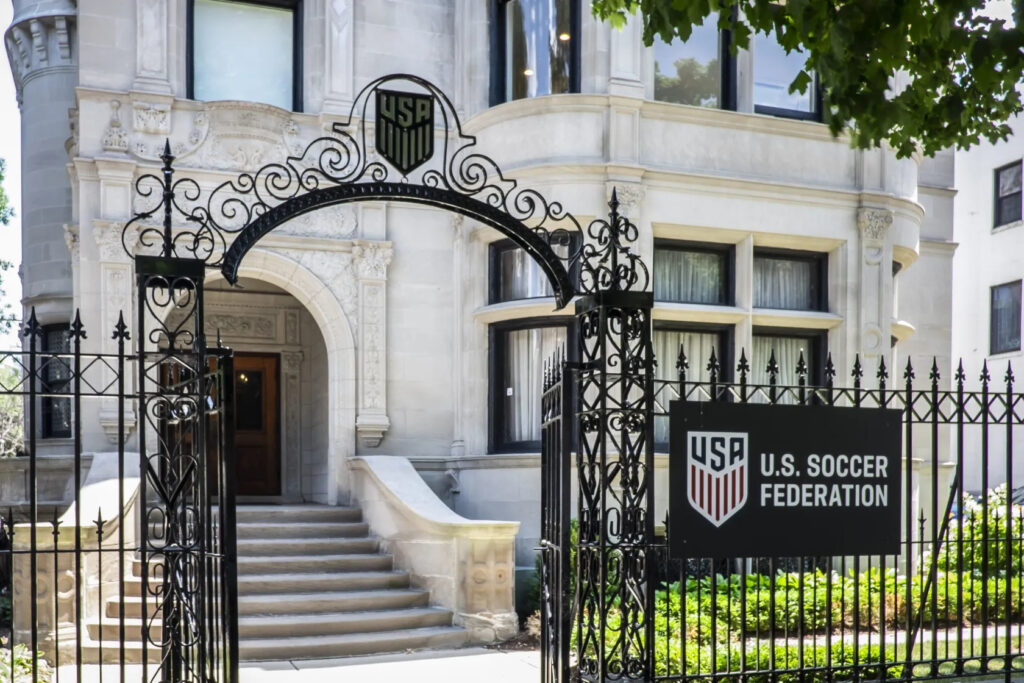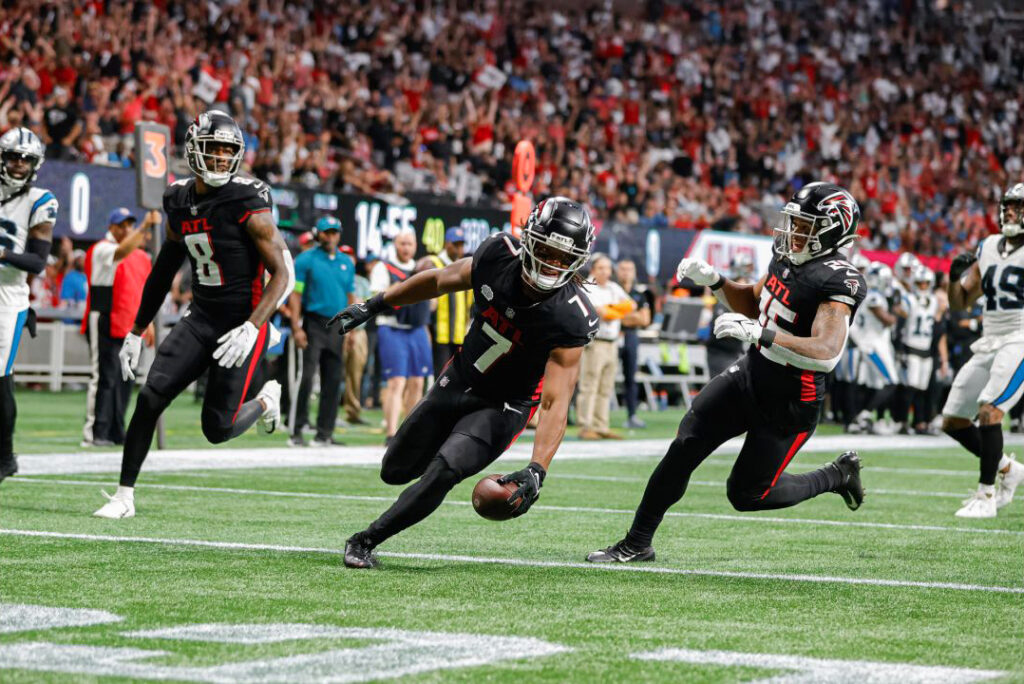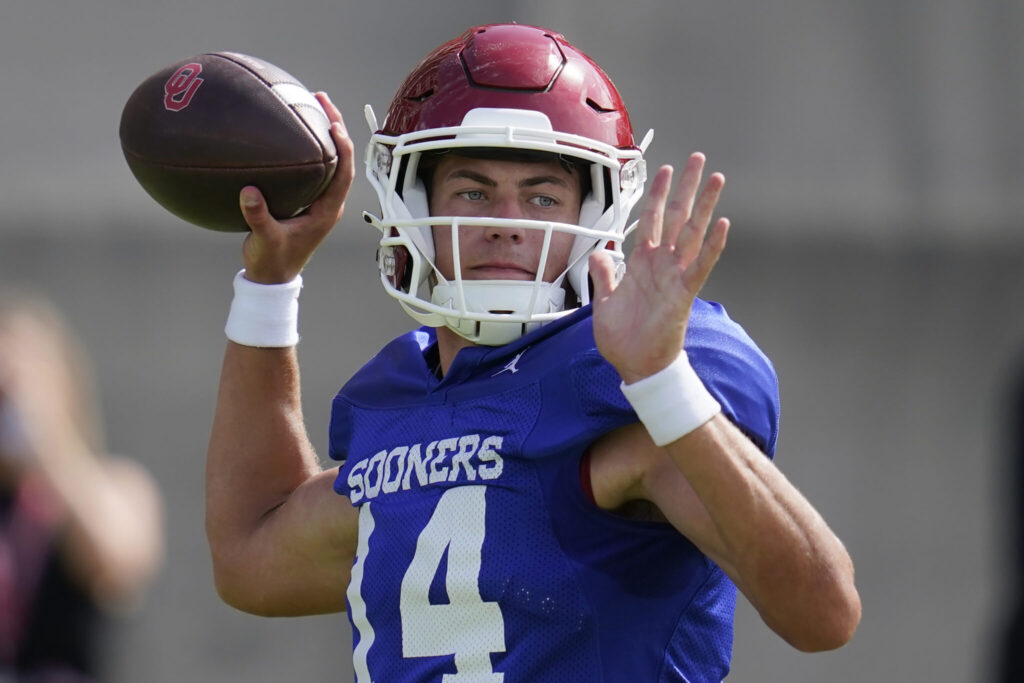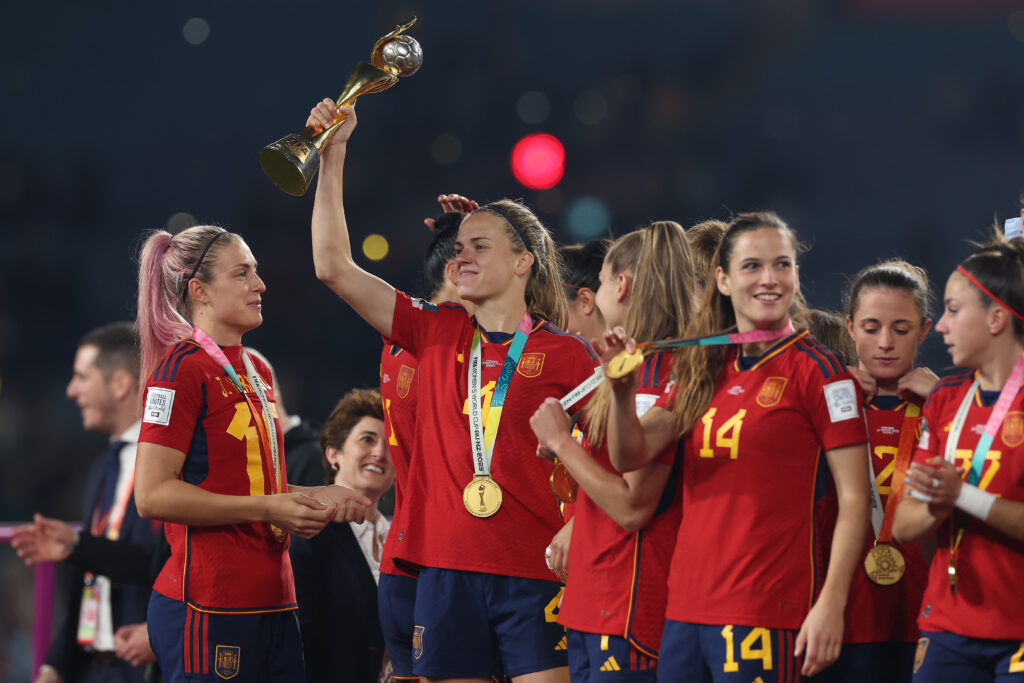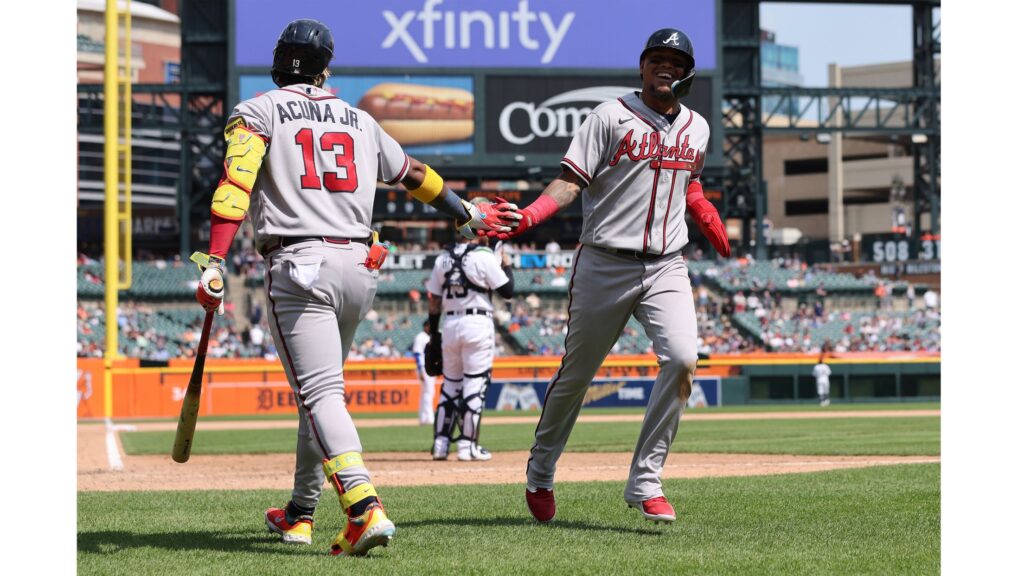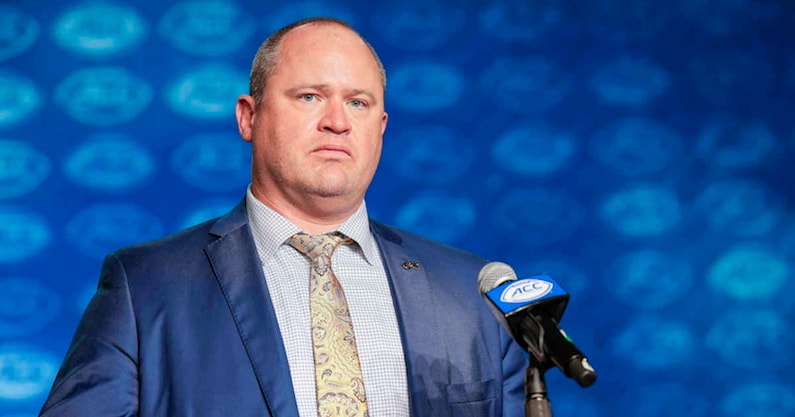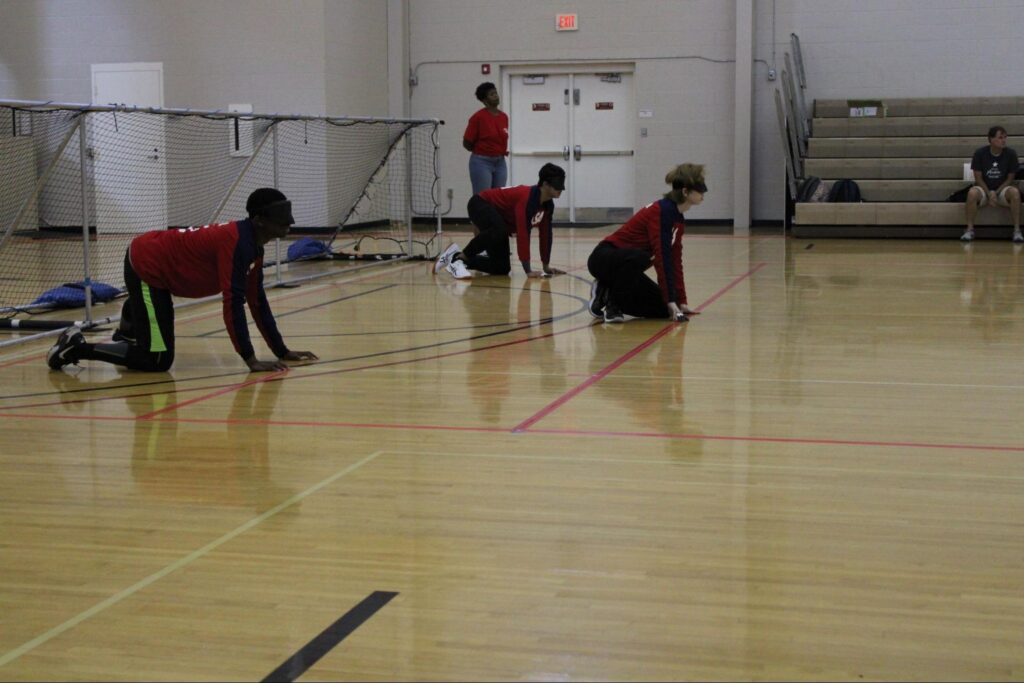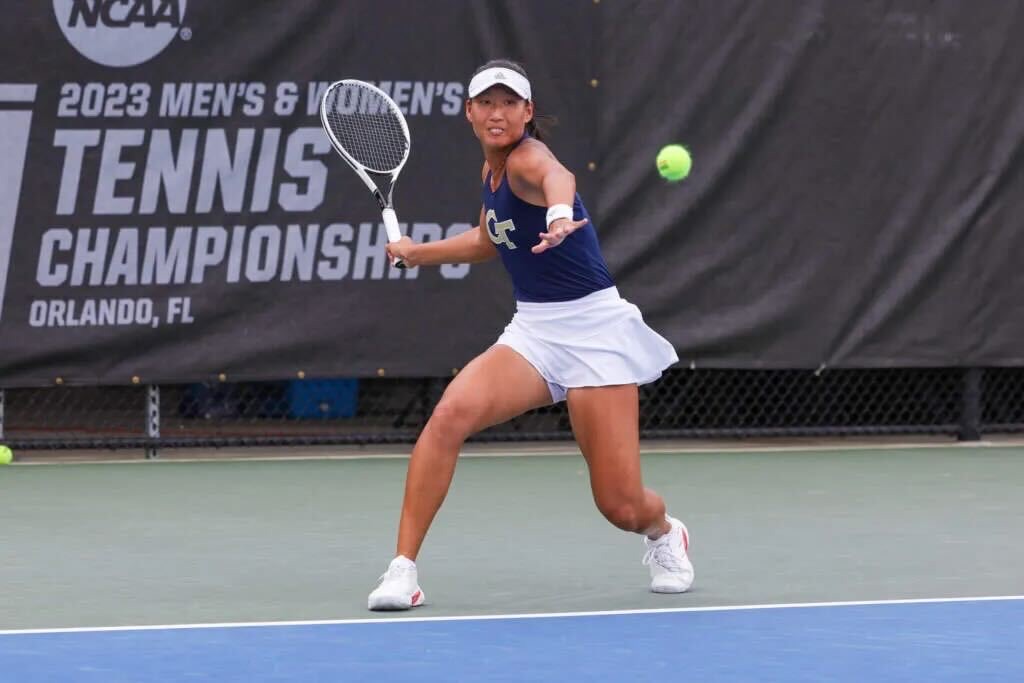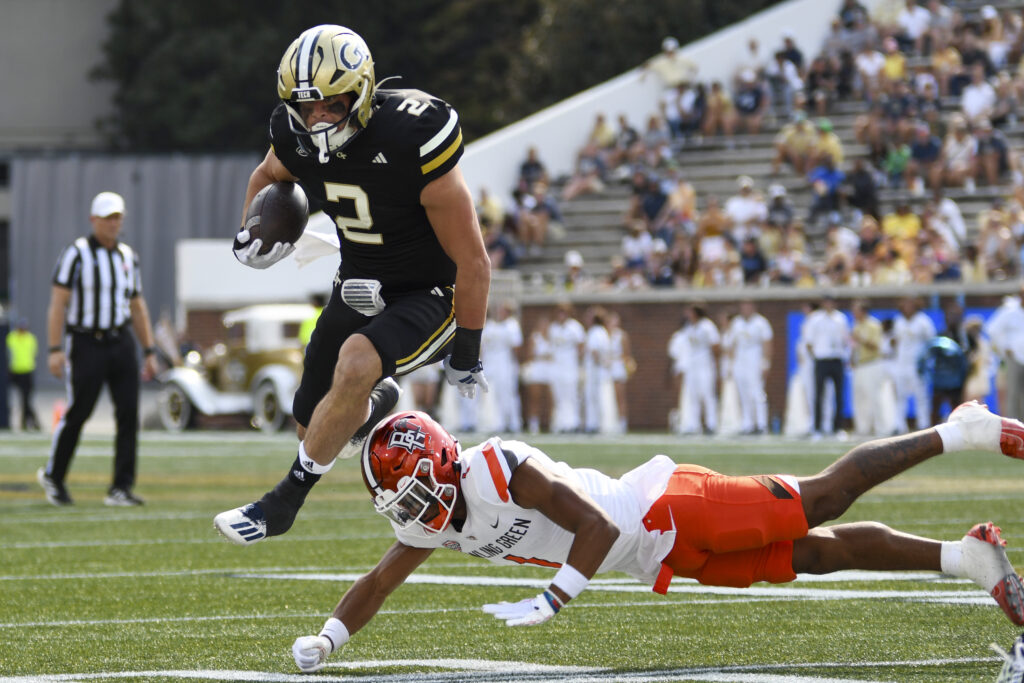
Coming off an ACC road win against the Wake Forest Demon Deacons, Tech returned back to Bobby Dodd to take on the Bowling Green Falcons. Since Tech entered the game as 21 point favorites, this was expected to be a clean, simple win for the Jackets in their pursuit of a bowl game. Instead, it was the exact opposite.
The Jackets won the coin toss and took the ball, setting up redshirt sophomore quarterback Haynes King to continue his performance from last week. He took about 17 seconds to get comfortable, finding true freshman receiver Eric Singleton Jr. on an explosive 53-yard throw for the early touchdown. With the score, Singleton extended his games with a touchdown streak to five games, which also happened to be the first five games of his career.
The Jackets’ defense also impressed early. Sophomore defensive tackle Eddie Kelly, junior defensive tackle Zeek Biggers and junior defensive tackle Makius Scott burst into the backfield to take down Bowling Green quarterback Connor Bazelak, forcing a long third down that the Falcons could not convert. In their second appearance, King and the offense kept rolling. Redshirt sophomore receiver Malik Rutherford took a screen pass for an additional 19 yards while redshirt sophomore running back Jamal Haynes tacked on the same amount after surging through the Bowling Green defense. King capped off the excellent five-play drive by hitting junior receiver Christian Leary in the end zone to go up 14-0 in only two minutes of offense. From their first two offensive drives, the Tech offense looked organized, sharp and entirely overwhelming for the weaker Falcons defense to handle.
Unfortunately, the Falcons offense found life. Even though the Tech defense played off-coverage to prevent bigplays, they struggled with tackling and allowed backup Bowling Green quarterback Camden Orth to score on a one-yard touchdown run. A poor defensive drive coincided with the first three-and-out for the Jackets offense and put the defense right back on the field. The tackling issues persisted as Bowling Green running back Terion Stewart broke a Tech tackle for an explosive 11-yard run. Thankfully, Tech’s secondary held firm; redshirt junior cornerback Kenan Johnson had an excellent pass breakup on third down.
However, the offense, once again, stumbled on the ensuing drive. On first down, Haynes was quickly brought down for a oneyard loss and the Falcons were able to tee off on the pass. They forced two straight incompletions from King, and the Jackets punted from their own 19-yard line.
Sensing an opportunity, Bowling Green mounted a methodical 11-play, 42-yard drive that ended in a field goal to make the score 14-10. Junior defensive lineman Kevin Harris got to Bazelak for a sack, but the Jackets defense started to soften up.
The offense did them no favors — after a King overthrow to Rutherford, a botched snap was fumbled and recovered by Bowling Green. The Falcons capitalized on the short field after Bazelak connected on a 14-yard strike to receiver Finn Hogan, making the score 17-14 in favor of Bowling Green. King then led the offense back onto the field in an effort to get points before halftime. The Jackets were able to drive to the 21-yard line, but King took a sack on first down and got flagged for intentional grounding. The penalties pushed the Jackets out of field goal range and they were forced to punt. Throughout the half, the Jackets showed an inability to recover from their mistakes. They found themselves in a 17-14 hole against an opponent they clearly underestimated. Still, a three-point deficit is hardly insurmountable for a Tech offense that was moving at will earlier on.
However, the second half started with more of the same defensive issues. Bazelak carved through the GT secondary with a 50-yard throw to Hogan. The Falcons had little trouble moving the ball and converted two big third downs before Bazelak scored on a run play, making the score 24-14. Tech actually responded fairly well – King was able to find redshirt junior receiver Dominick Blaylock for two consecutive 15-yard passes and extended the drive with a timely three-yard scramble. The offense’s execution in the red zone could have used some of that sharpness. King got stuffed on the quarterback keeper, and Head Coach Brent Key made the decision to go for it. He put the ball in King’s hands once again on fourth down and the Bowling Green defense sniffed it out. They stopped him at the line of scrimmage, and the Jackets turned the ball over to Bowling Green on downs.
From there, the Tech defense collapsed. In their most disorganized showing of the game, they could not get off the field on third down. On third-and-16, the Jackets could not stop Bazelak from using his legs to pick up the first down. Redshirt senior cornerback Jaylon King later broke up a slant over the middle to force third-and-12, but a defensive holding call gave Bowling Green an automatic first down. Falcons wide receiver Odieu Hillaire picked up 28 easy yards on a Jackets coverage bust, and Bowling Green quickly scored from the six-yard line on a stretch run that no Jackets defender had a chance at.
Down 31-14, the Jackets badly needed to generate an explosive play to get back into the game. At first, they looked to be on track after King fired a 19-yard deep shot to Blaylock, who had a solid game despite the offensive struggles. That same aggressiveness did not pay off for him on the next play — his pass was intercepted for a frustrating pick-six that put Bowling Green up by four scores: 38-14.
In spite of the score, Tech’s defense rallied and forced a Falcons punt. King then kept driving the offense, finding Blaylock on subsequent long gains through the air. The Jackets were able to get to the Bowling Green five-yard line, but then turned the ball over again on a crushing interception.
Even though the defense held on fourth down against the Falcons offense and King subsequently hit redshirt junior wide receiver Abdul Janneh for a 16-yard touchdown, the Jackets needed a miracle onside kick recovery to have any chance of winning this game. Down 38-27, the ball did not bounce their way and the Jackets fell to 2-3 on the season.
It is difficult not to draw comparisons between this game and the loss to Northern Illinois two seasons ago. In both scenarios, the Jackets compensated their opponent with a million-dollar fee, expecting to win, and came out flat. It is a worrying trend for the program to play down to competition. The Jackets will now head to Miami, Florida, to take on the No. 17 Miami Hurricanes on Saturday, Oct. 7 at 8 p.m.

